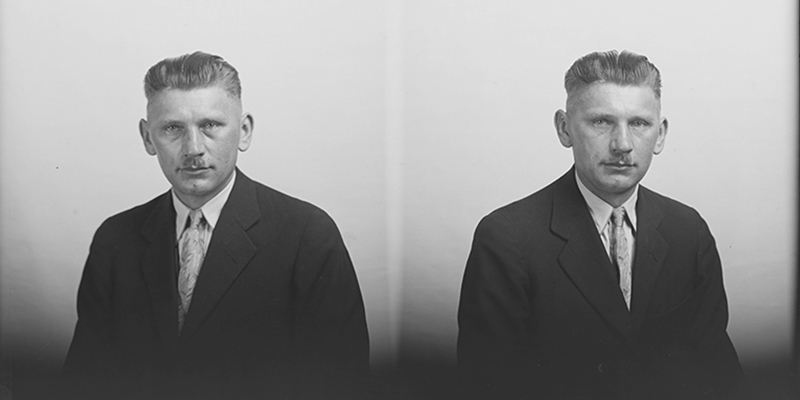
The first Polish inhabitants of Milwaukee arrived in the 1840s, pushed by poverty and political tensions in Europe and pulled by the promise of economic opportunity and a better life. The largest wave of immigration occurred between 1865 and 1910, peaking in the 1890s. The vast majority—as much as 88% by one account—came from the German partition. By the turn of the nineteenth century, Poles formed one of the largest ethnic groups in the city, second only to Germans. Indeed, the Milwaukee Polonia was among the largest in the United States, in company with those in Chicago, Detroit, Cleveland, and Buffalo.
Most Poles settled in a four-square area on the South Side anchored by St. Stanislaus Church. Other, smaller Polonias developed in the Brady Street area of the East Side, around St. Hedwig Church, and on Jones Island, located between the Milwaukee and Kinnickinnic Rivers. The Jones Island community was unique in Milwaukee and perhaps the United States, consisting largely of immigrants from the Kaszuby region on the Baltic seacoast who established the island as a center of commercial fishing.
Polish immigrants usually worked as common laborers, but social mobility was steadily upward. By 1909, they could be found in every type of occupation, from small businesses to larger ones, such as Maynard Steel. They were almost solely Catholic; between 1866 and the present, Poles founded 21 parishes, 19 of which were Roman Catholic. While most Poles assimilated into American life, the South Side retained its distinctive Polish character until the 1950s and 1960s.
Katie Steffan
Graduate Student
University of Wisconsin-Milwaukee
